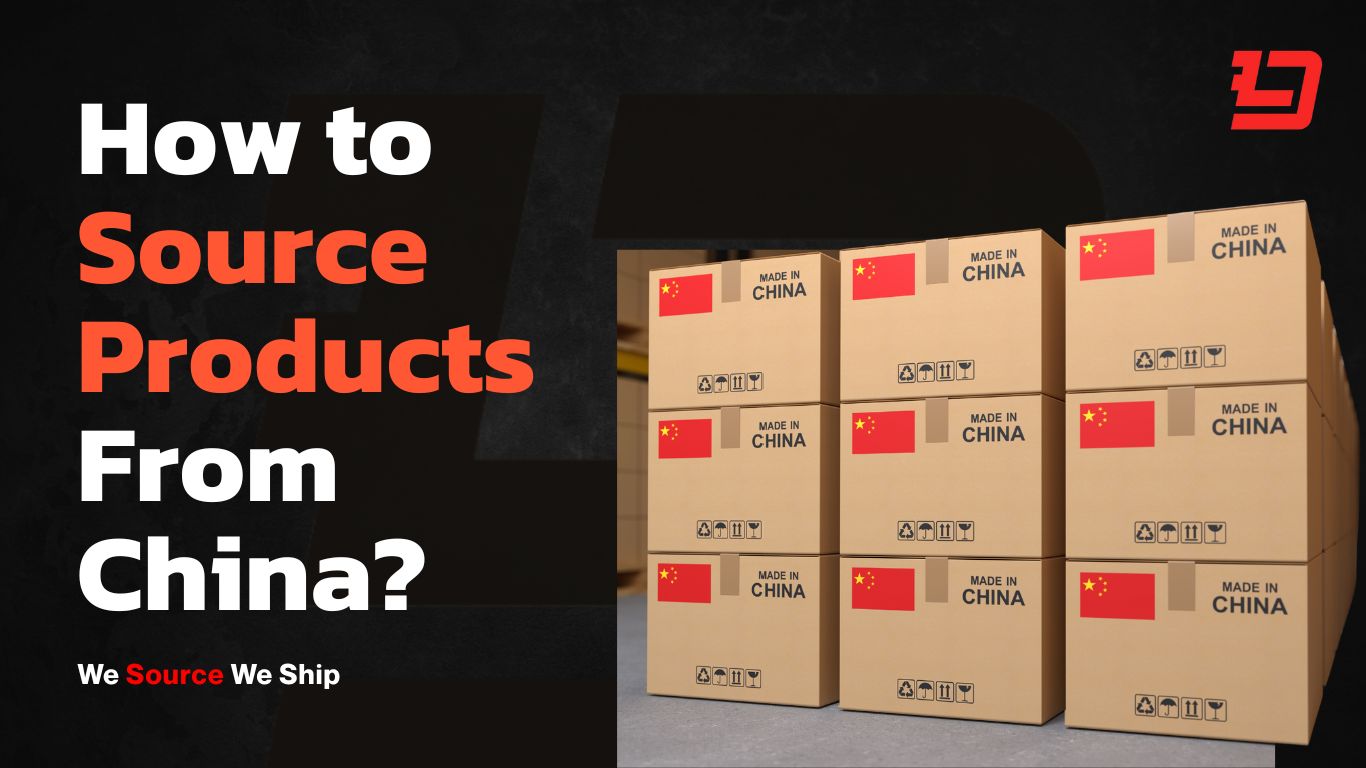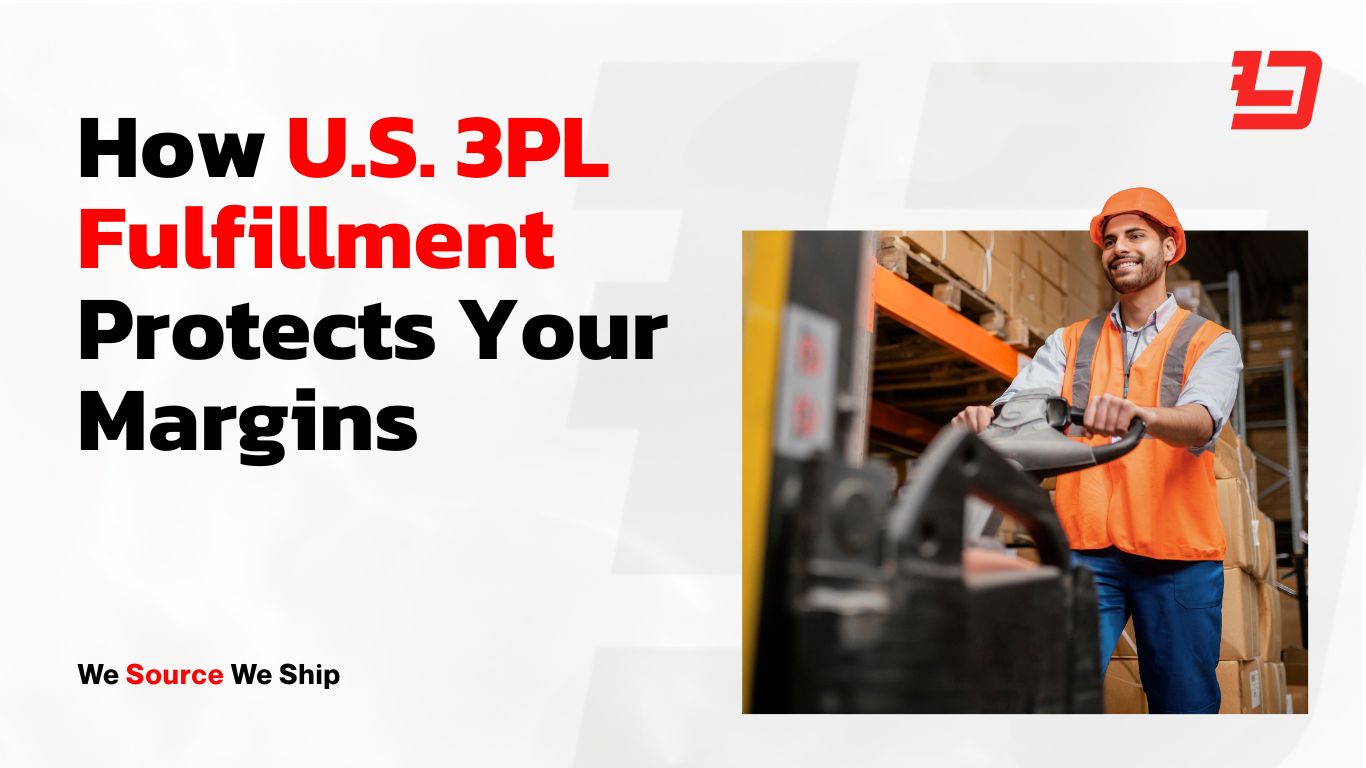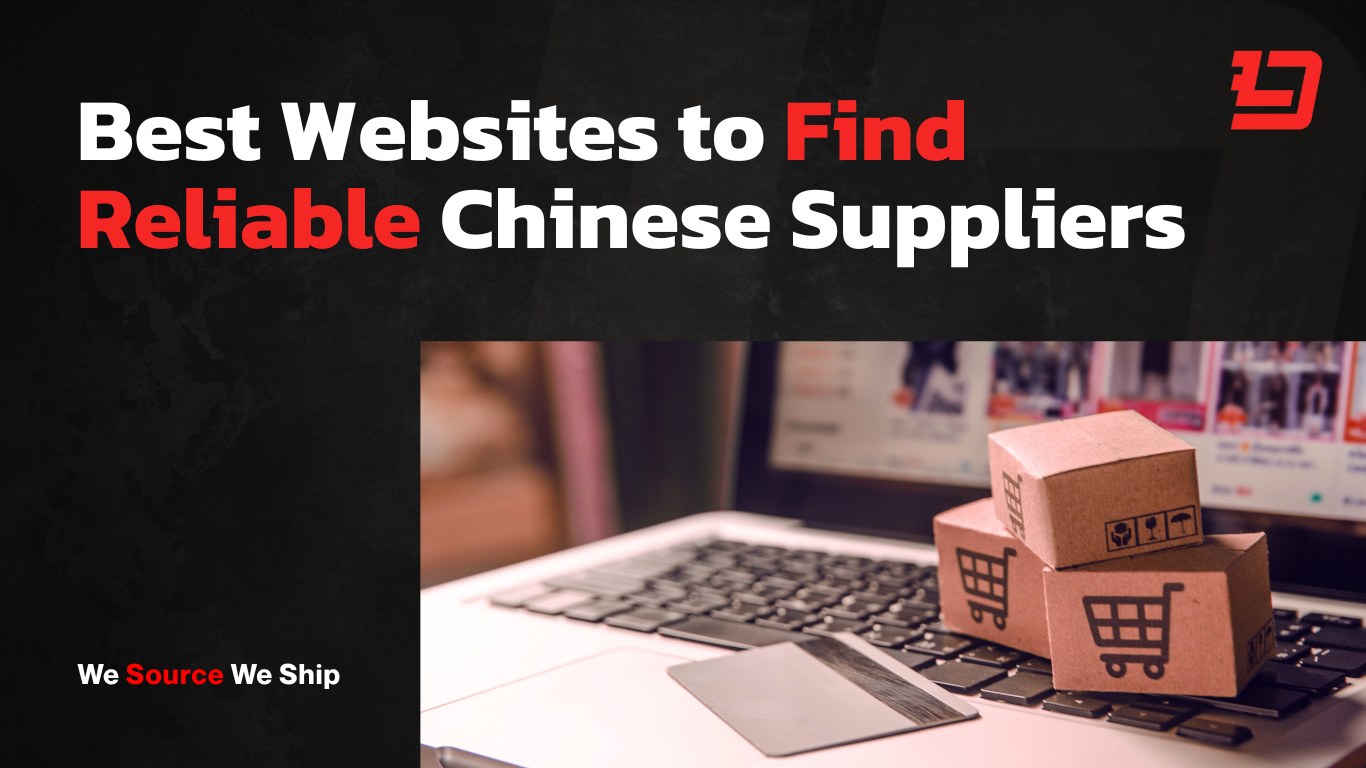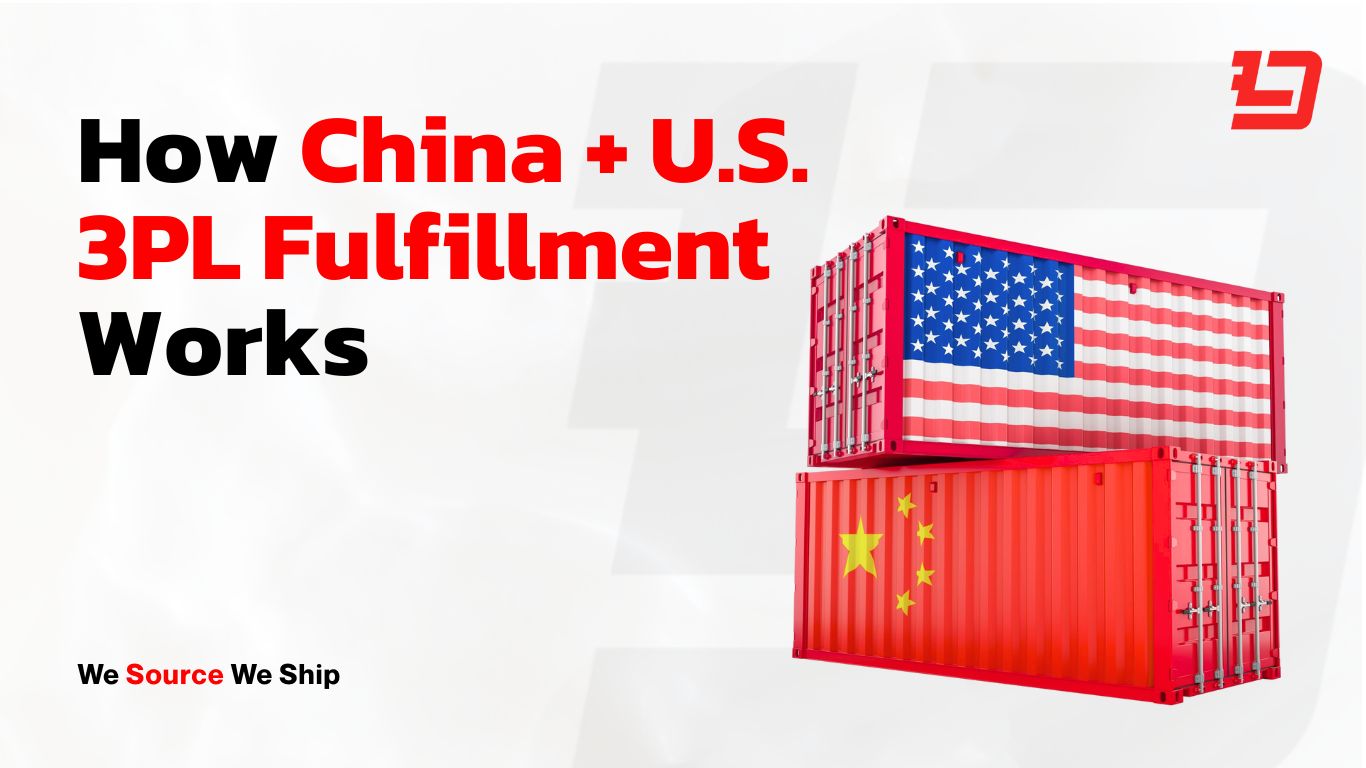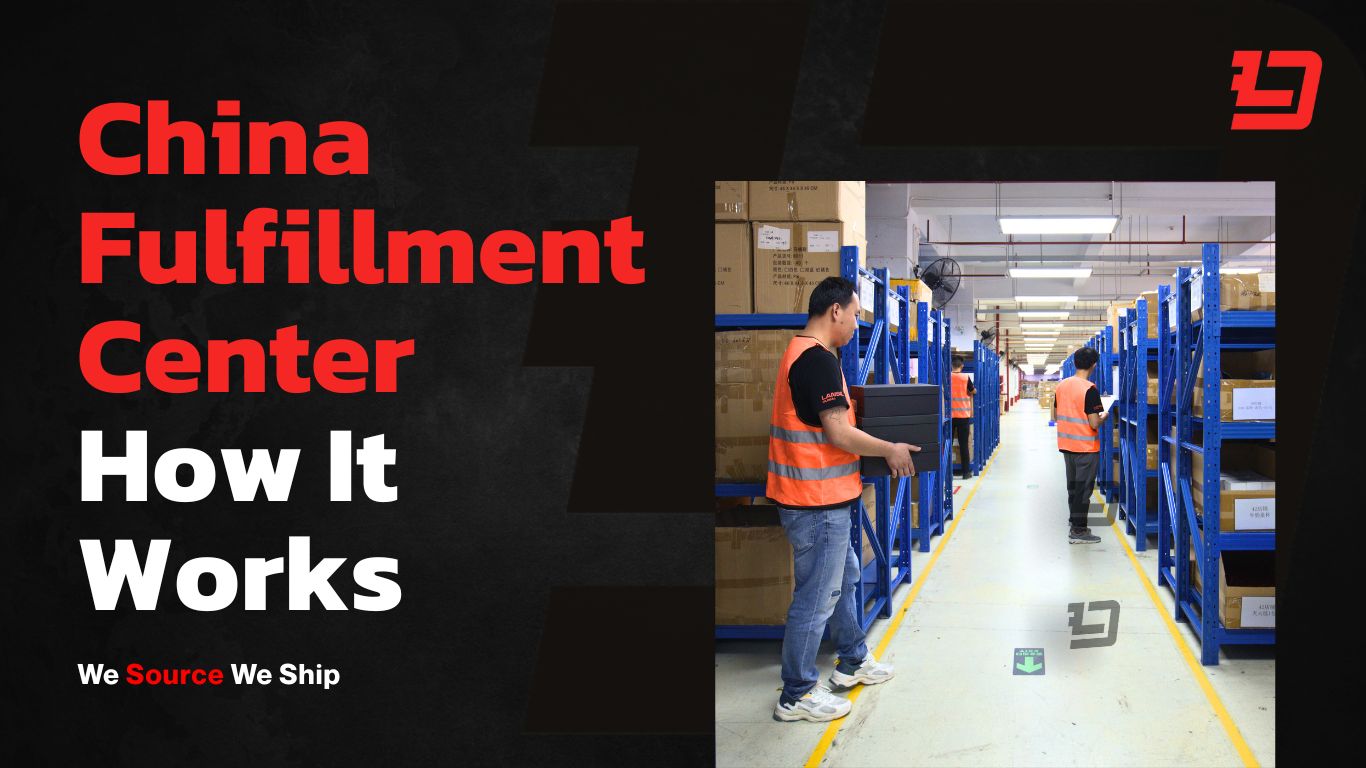Freight forwarding is how businesses move goods across borders without managing every detail themselves. In 2025, it’s more than logistics, it’s strategy In 2024, the global freight forwarding market was estimated at USD 216.47 billion, and it is projected to reach USD 285.60 billion by 2030, growing at a CAGR of 4.9 percent. In the United States, the freight forwarding brokerage and agency sector is expected to hit about USD 164.3 billion in 2025. In the Asia-Pacific region, freight forwarding services generated roughly USD 66 billion in 2023, highlighting how SMEs rely on these services to navigate customs complexity and expand globally.
Whether you are shipping pallets from China or fulfilling B2B orders worldwide, freight forwarding has become mission-critical. This guide breaks down how it works, why it matters in 2025, and what to look for in a trusted forwarder.
What Is Freight Forwarding?
Freight forwarding is the coordination and management of international shipments. Freight forwarders don’t operate planes, ships, or trucks. Instead, they act as your logistics manager—booking space, managing documentation, and coordinating each step of the journey.
A freight forwarder helps with:
- Booking cargo space with airlines, shipping lines, or carriers
- Preparing customs documentation and regulatory compliance
- Picking up goods from your factory or supplier
- Consolidating shipments to lower cost
- Managing warehousing, insurance, and final-mile delivery
This is especially useful for businesses shipping across borders, where customs, duties, and regulatory errors can delay delivery or burn through margin.
Why Freight Forwarding Matters More in 2025
The logistics landscape is getting tougher. Increases in tariffs, policy changes like the end of the U.S. de minimis exemption in August 2025, and more scrutiny at customs mean your margin is under pressure.
Forwarders help brands stay competitive by:
- Speeding up customs clearance
- Avoiding fines or compliance mistakes
- Consolidating freight to reduce landed costs
- Offering full tracking and proactive updates
- Navigating multi-country regulations with local expertise
For ecommerce sellers and B2B importers, the choice is simple: spend time managing chaos, or let a freight partner handle it for you.
How Freight Forwarding Works: Step by Step
- Request a Quote
Submit shipment info like weight, dimensions, origin, and destination. The forwarder finds the best route and price. - Supplier Pickup
Goods are collected from your manufacturer, typically in China or Southeast Asia. - Export Clearance
Your forwarder manages all required export documents and filings. - Main Transit
The shipment moves via:
-
- FCL (Full Container Load)
- LCL (Less than Container Load)
- Air Freight
- Multimodal (sea, air, rail combinations)
- Import Clearance
On arrival, the forwarder handles import documentation, duties, and compliance. - Final Delivery
Your cargo is delivered to your U.S. warehouse, fulfillment center, or B2B client—tracked at every stage.
Why Freight Forwarder Presence in China Still Matters
Even with growing manufacturing in Vietnam, India, and Southeast Asia, China is still the center of global sourcing. A freight forwarder with boots on the ground in China gives you:
- Faster response at origin ports like Shenzhen or Ningbo
- In-person support for supplier pickups and inspections
- Better consolidation from multiple factories
- Local knowledge of customs requirements
- Reduced risk of costly export errors
Remote-only forwarders or platforms often lack the agility needed for fast-paced ecommerce or complex B2B flows.

What to Look for in a Freight Forwarding Partner
If you’re scaling ecommerce or expanding B2B shipments, don’t just pick the cheapest forwarder. Look for a logistics partner who offers:
- Local teams in China and destination countries
- FCL, LCL, and air freight options with flexibility
- Real-time tracking and simple communication
- Customs compliance for U.S., EU, and beyond
- Integration with warehousing and fulfillment
- Experience with ecommerce and B2B shipments
How Lansil Global Strengthens Your Supply Chain
Lansil Global simplifies freight forwarding by offering an end-to-end logistics solution tailored for ecommerce and B2B brands. From sourcing and manufacturing in China to freight coordination, U.S. warehousing, and last-mile fulfillment, we manage every part of the supply chain so you don’t have to.
With bi-coastal warehouses in Nevada and Pennsylvania, brands cut delivery times, avoid customs delays, and lower total landed costs. Whether it’s full pallets or Amazon FBA prep, our team works directly with vetted factories and reliable carriers to keep your supply chain running smoothly.
Need a freight partner that won’t leave you guessing? Let Lansil Global manage your logistics so you can focus on scaling. Contact us now to explore freight forwarding and fulfillment solutions that work



